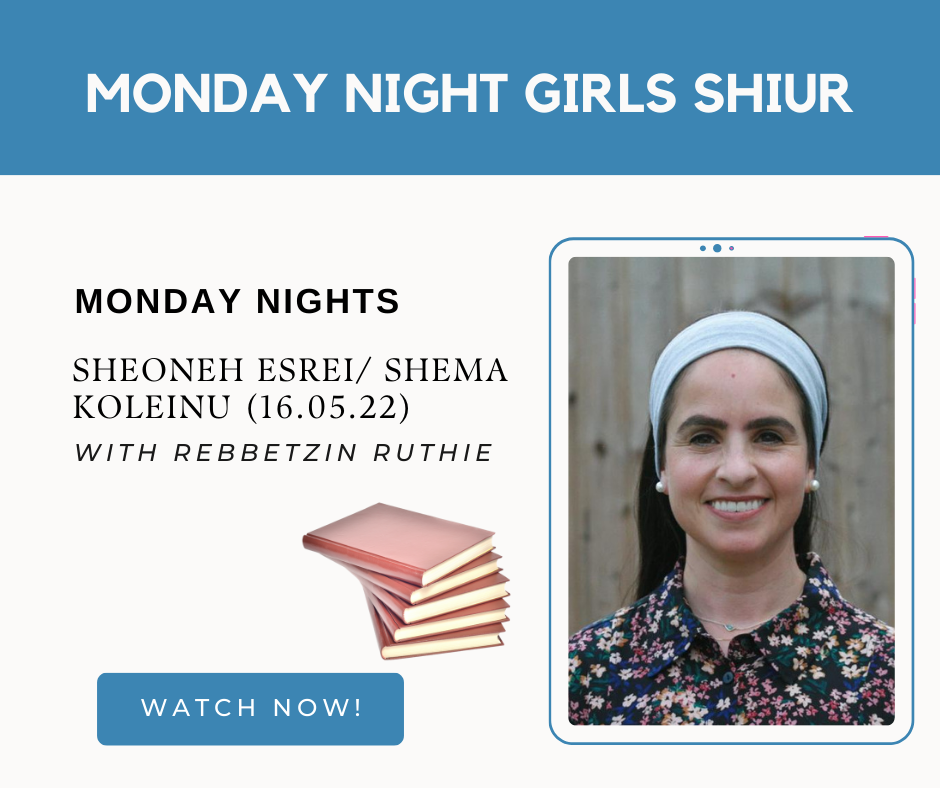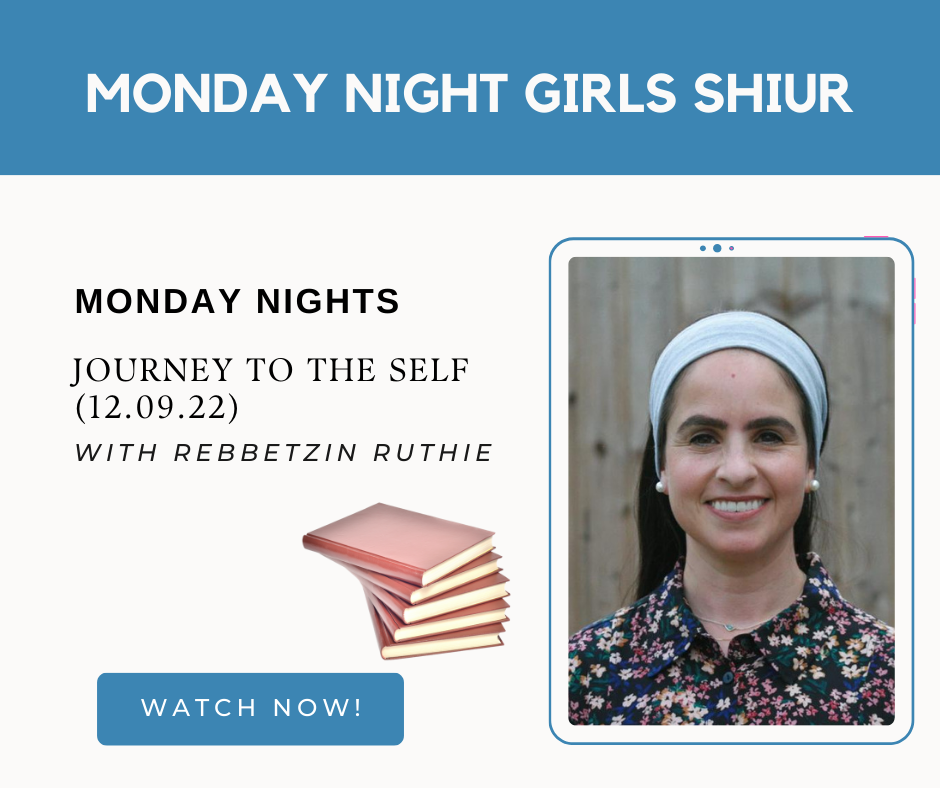
Parashat Ki Tissa, begins cheerily enough with descriptions of the Mahatsit HaShekel (the silver half-coin for taking a census) and the command to construct a washing laver placed between the outside of the Ohel Moed (Tent of Meeting) and the Sacrificial Altar. It includes the formula for sacred anointing oil and incense, the appointment of Betsalel from Judah and Aholiav from Dan, as chief and assistant architect respectively, and the command to consecrate Shabbat – part of which is recited each week in the morning Kiddush.
But, by the time we get to the second Aliyah, matters unexpectedly turn for the worst. The remainder of the Parasha addresses the calamity of the Golden Calf and Moshe’s desperate but brilliant efforts to come to Bnei Yisrael’s rescue.
Looking more closely at the chronology of the verses, the Sinai narrative from Chapter 24, picks up again in Exodus 31:18 with G-d giving Moshe the two testimonial stone tablets (Shnei Luhot) at the end of their 40 days and 40 nights together atop the mountain.
Down below, those who feared Moshe’s delayed-return, clamoured for a new leader to take them through the desert. Aharon was pressured to make the molten calf which became an object of their worship.
In anger the Almighty told Moshe, ‘your’ people will be annihilated. But Moshe deflected G-d’s anger by questioning its futility. ‘What would the Egyptians say about G-d were the Jewish people wiped out’? ‘How would Your promise to the Patriarchs, to give their descendants the Land of Canaan, be fulfilled if Bnei Yisrael were killed?’
Achieving a stay of execution, Moshe descended the mountain, smashed the Luhot, destroyed the Calf, punished the perpetrators and went back to beg G-d’s forgiveness further, threatening to remove himself from the Torah unless G-d relented.
It is this strategy that deserves closer inspection.
Rabbi David Fohrman, whose animated Parasha summaries through Aleph-beta are widely used in Jewish schools and institutions, elaborates on the obvious but interesting parallel between Moshe and Noah.
Both men stood at a time in history when the world they knew was about to be destroyed. The same language to describe corruption/ destruction (Shihet) appears in both narratives and, similarly, we find a word relating to the calming of G-d’s anger VaYinahem (He was comforted) in both places as well.
But not content with this initial triumph, Moshe moved his residence outside of the general camp and continued to dialogue with G-d. Emboldened by his earlier success, Moshe asked to be shown G-d’s face — and was even granted a glimpse of the Divine Presence!
Told to carve out a second set of tablets, Moshe ascended the next morning and was met again by a cloud, from where he heard a description of G-d’s majesty known to us as the 13 attributes.
As a result of Moshe’s prayers on behalf of Bnei Yisrael, G-d forgave them and offered a new covenant; a bold strategy had paid-off as a lesson for future generations when seeking G-d’s forgiveness. Not surprising, this portion of Ki Tisa is read on public fast days. It’s also read on Shabbat Chol HaMoed Pessach and Sukkot.
At the beginning of Noah’s life, he was referred to as Ish Sadik (a righteous man). But by the end of his days he’d lost much of his spiritual greatness and became Ish HaAdamah (a man of the earth). Moshe, who began life described as Ish Mitsri (an Egyptian), ended up Ish HaElokim (a man of G-d).
Both men faced the same challenge – but the bolder one taught us we have to be strong to achieve forgiveness.







